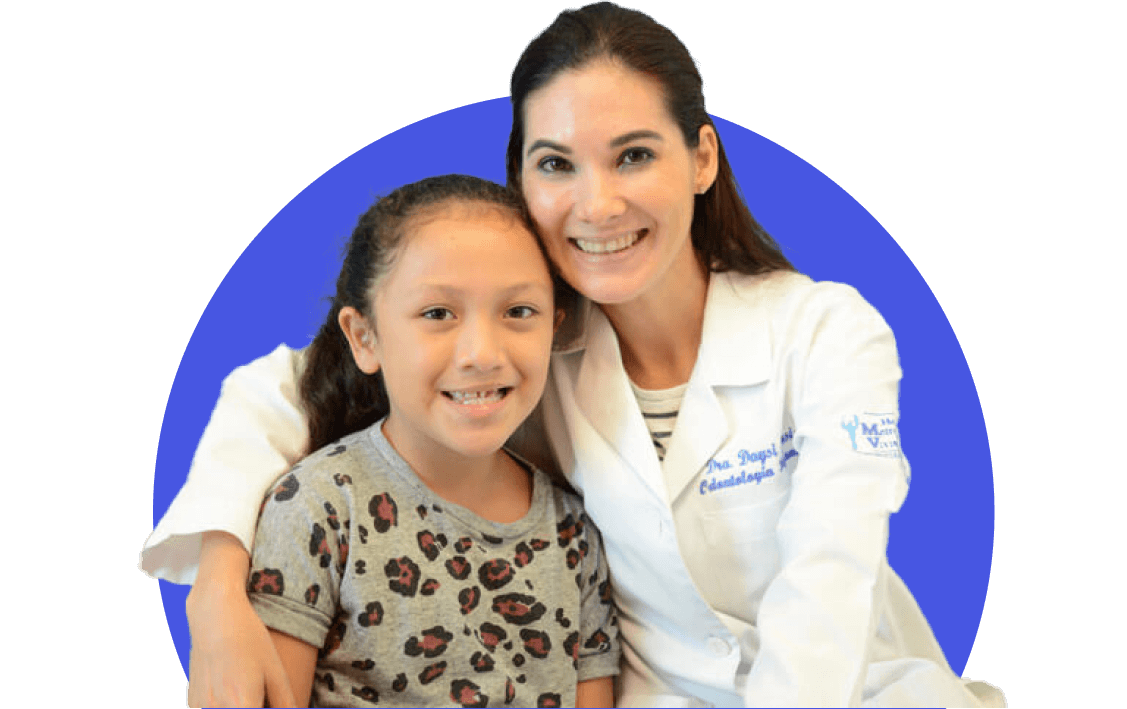- Cleft Home
- What is Cleft Lip and/or Palate?
- Prenatal Diagnosis
- Feeding Your Baby
- What is a Cleft Team?
- Surgery
- Hearing, Speech, and Dental Care
- Paying for Treatment
- Managing Feelings
- Craniofacial Conditions
- Toddlers and Preschoolers
- The School-Aged Years
- The Teenage Years
- Letter to a Teacher
- Information for Adults
- Support Organizations
- Learn More: Downloads
- Cleft Home
- What is Cleft Lip and/or Palate?
- Prenatal Diagnosis
- Feeding Your Baby
- What is a Cleft Team?
- Surgery
- Hearing, Speech, and Dental Care
- Paying for Treatment
- Managing Feelings
- Craniofacial Conditions
- Toddlers and Preschoolers
- The School-Aged Years
- The Teenage Years
- Letter to a Teacher
- Information for Adults
- Support Organizations
- Learn More: Downloads
Why is healthy hearing important for kids born with cleft palate?
When children cannot hear, they cannot learn, both in and out of school. Over 90% of children born with cleft palate have recurrent or persistent ear infections or fluid build-up due to the disruption in the muscles that connect the back of the nose to the middle ear.
Ear infections and fluid can cause hearing loss. Although the loss is usually mild, a child’s hearing may be impaired enough that the sounds that occur at normal conversational levels are barely heard. As a result, children with mild hearing loss often misunderstand or do not hear what their teachers are saying.
Examples of speech sounds that are soft in volume and are easily missed if there is fluid or infection in the middle ear are the /th/ in “three” and the /p/ in “cap.”
What kinds of hearing tests will my child undergo?
Hearing Test: Most children born with cleft palate have experienced a hearing test, which involves accompanying an audiologist into a sound suite, putting on earphones, and responding when they hear different tones or speech. A hearing test determines if there is a hearing loss and if so, what kind of loss it is.
Impedance Audiometry: Impedance audiometry is a test that identifies middle ear problems by directing a small amount of air toward the eardrum to measure its movement. If a problem is discovered, your child will be referred to a pediatrician or to an ear, nose, and throat (ENT) specialist.
Auditory Discrimination: Tests for auditory discrimination measure a child’s ability to detect, discriminate, and understand subtle differences in speech. These tests can also be performed with background noise to see if the child is having trouble in a relatively noisy place like a busy classroom, the lunchroom, or the school bus.
Central Auditory Processing (CAP): Some children may also have problems understanding what they hear. Central auditory processing (CAP) tests allow the audiologist to understand how your child processes the speech that is heard.
What are the types of hearing loss?
Hearing loss caused by fluid and infection in the middle ear is known as conductive hearing loss, which is temporary and usually correctable. About 15% of children and adults born with cleft palate have sensorineural hearing loss, a permanent problem in the inner ear. Sensorineural hearing loss is often detected at birth during a newborn screening, a routine hearing test in the hospital.
What treatments are available?
Pressure-Equalization Tubes: About two-thirds of children born with cleft palate have had pressure-equalization tubes (also called PE tubes) placed in their eardrums to address conductive hearing loss. PE tubes should be checked periodically by a doctor to make sure they are clear of fluid or wax. Children with tubes should also try to keep water out of the ears (those who swim should wear ear plugs).
Hearing Aids: People with sensorineural hearing loss often wear hearing aids. Be sure to check with your child’s doctor for advice.
FM Unit: For children who do not need a hearing aid but still have trouble hearing in noisy places like a classroom, a personal FM unit may be helpful. The child wears headphones and the teacher wears a small microphone. Similar equipment can also be used in an entire classroom with the teacher wearing a microphone and with speakers placed around the classroom.
What else should I know about hearing and learning?
It is important for both parents and teachers to realize that children may have difficulties at school due to problems with the auditory system. Your child’s hearing should be tested regularly throughout childhood. If a hearing problem is discovered, your child’s teachers should be informed so that the best learning environment can be provided.
Read the ACPA Help with Hearing booklet



